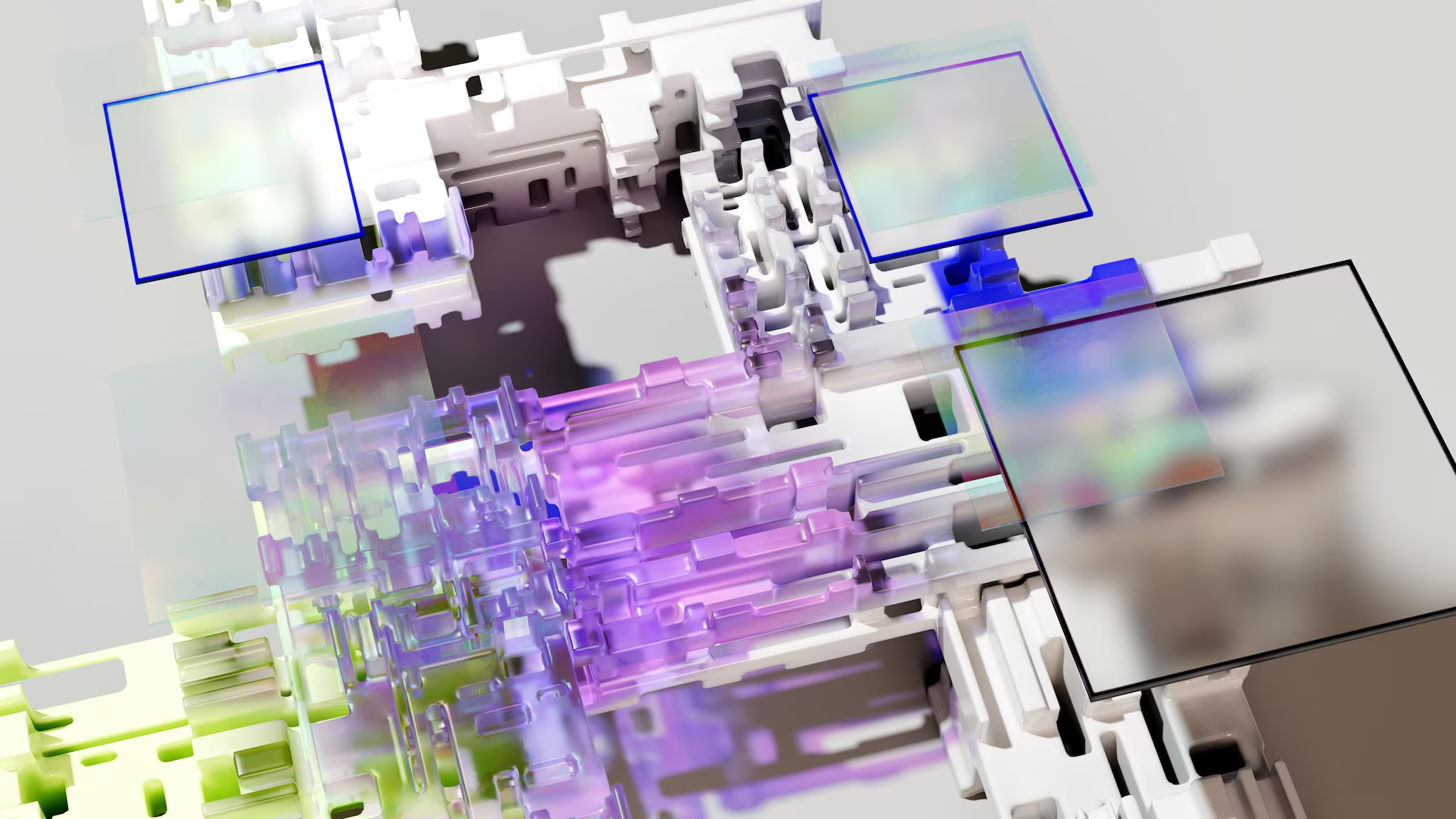Understanding Attack Surfaces: What They Are and Why They Matter
Key Takeaways
- Your attack surface includes all technical, physical, and human exposure points, and the attack surface evolves constantly, especially in dynamic cloud-first environments.
- Reducing it requires continuous discovery, assessment, and monitoring.
- Splunk provides visibility and automation that can make attack surface management easier and smarter.
In today’s digital environments, where cloud infrastructure, remote work, and third-party tools are the norm, the number of ways attackers can reach your systems are infinite. These potential entry points make up your attack surface. Understanding it is the first step toward defending it.
As companies adopt more cloud services, mobile endpoints, and third-party apps, attack surfaces continue to grow — making visibility and management more critical than ever.
What is an attack surface?
An attack surface refers to every possible point in your digital environment where an unauthorized user, whether a malicious actor or insider, could attempt to enter, extract data, or interfere with operations. This includes exposed infrastructure, unprotected endpoints, third-party integrations, and even human touchpoints.
Three major types of attack surfaces
Let’s now look at the major types of attack surfaces. These are common examples but certainly not the only ones.
1. External attack surface
The external attack surface includes anything reachable from the public internet, which is prime real estate for threat actors scanning for weak spots. Common components include:
- Web applications, domains, and subdomains
- Internet-facing APIs or databases
- Cloud infrastructure with exposed IPs or misconfigured buckets
- Third-party vendor connections with external access
2. Internal attack surface
While external surfaces get a lot of attention, internal surfaces can be just as dangerous, especially if an attacker gains a foothold inside. This category covers:
- Workstations, laptops, and mobile devices used by employees
- Internal servers, legacy applications, and databases
- Dev/test environments and staging systems
- Internal-only tools that lack strong authentication or encryption
3. Social engineering attack surface
Not all attack surfaces are technical. People can be exploited just as easily (if not more so) than software, and that exploitation is sometimes known as social engineering.
In fact, shadow IT plays a major role in expanding risk. By 2027, it’s estimated that 75% of employees will use technology outside of IT’s visibility, making the human attack surface harder to control than ever. Examples here include:
- Employee emails or helpdesk interactions
- Public social media profiles used for impersonation
- Phishing and pretexting targeting customer service reps
- Contractors or third-party staff with elevated access
Why your attack surface matters
Every asset that’s visible or poorly secured is a doorway. And the more doors you have, the harder it is to monitor and defend them all. That’s why understanding your attack surface is critical:
- It gives you a full picture of where you're exposed.
- It helps you prioritize resources based on actual risk.
- It supports other security programs like Zero Trust, threat detection, and incident response.
Simply put, you can't protect what you don't know you have.
How your attack surface evolves over time
Attack surfaces aren’t static — they expand as organizations change. Increased use of SaaS, cloud services, IoT, and mobile workforces all contribute to that growth. With every new connection, dependency, or service, the potential for risk increases, often in places security teams don’t expect. For example, new exposures can emerge when:
- Spinning up a test server and forgetting to tear it down.
- Deploying a new app with default settings.
- Integrating with a third-party vendor who has weak security.
- Employee laptops accessing corporate systems from unsecured Wi-Fi.
Managing and reducing your attack surface
This surface expansion isn’t slowing down. The average number of weekly cyberattacks per organization rose 47% globally in early 2025, forcing security teams to move from reactive patching to proactive surface management. So how do you pivot to this proactive approach?
Reducing your attack surface starts with visibility, but it doesn’t stop there. Think of it as a lifecycle, and it requires iteration and alignment across teams. Here’s a proven approach:
- Step 1. Discovery. Map every internet-accessible asset and every internal system or tool, including cloud services, containers, mobile endpoints, and third-party connections.
- Step 2. Assessment. Evaluate each exposure based on sensitivity, accessibility, and business criticality.
- Step 3. Mitigation. Apply practical controls: patching, disabling unused services, enforcing access policies, etc.
- Step 4. Continuous monitoring. Use automation to detect changes in real time, especially in cloud and DevOps environments.
Learn more about attack surface management in our in-depth ASM explainer.
Examples of real-world attack surfaces
Imagine a forgotten staging server with production data, left exposed after a migration: this is a goldmine for attackers and often invisible to security tools.
To be clear, these aren’t hypothetical risks. By late 2024, more than 100 new CVEs were being disclosed daily. Vulnerability-based attacks surged 124% in in the third quarter of 2024, and ransomware activity more than doubled compared to the same period the year prior.
Here are a few scenarios that illustrate what unmanaged surfaces look like in practice:
- A forgotten dev server still live after a migration, exposing internal credentials
- An unsecured API used by a mobile app leaking customer data
- A third-party tool integrated with your CRM without proper authentication
- A remote employee’s personal device syncing sensitive files over unencrypted channels
- An open GitHub repository containing hardcoded keys or tokens
Benefits of knowing your attack surface
By understanding your attack surface, you gain the ability to:
- Proactively identify risks before attackers do.
- Accelerate incident response through better asset context.
- Improve compliance by maintaining up-to-date asset inventories.
- Support Zero Trust architectures by validating what assets actually exist and who’s using them.
How Splunk supports attack surface visibility
While attack surfaces are expanding, so are the tools and strategies to manage them. Splunk helps teams cut through the complexity by combining asset discovery, behavioral analytics, and automation — so your exposure points don’t go unnoticed.
Splunk can help organizations visualize and act on their attack surfaces in real time by:
- Aggregating telemetry from cloud, endpoint, and network data
- Correlating asset behavior with known threats or anomalies
- Enabling continuous discovery through integrations and automation
- Supporting response workflows via Splunk SOAR and alerting tools
Attack Surface FAQs
Related Articles

How to Use LLMs for Log File Analysis: Examples, Workflows, and Best Practices

Beyond Deepfakes: Why Digital Provenance is Critical Now

The Best IT/Tech Conferences & Events of 2026

The Best Artificial Intelligence Conferences & Events of 2026

The Best Blockchain & Crypto Conferences in 2026

Log Analytics: How To Turn Log Data into Actionable Insights

The Best Security Conferences & Events 2026

Top Ransomware Attack Types in 2026 and How to Defend
